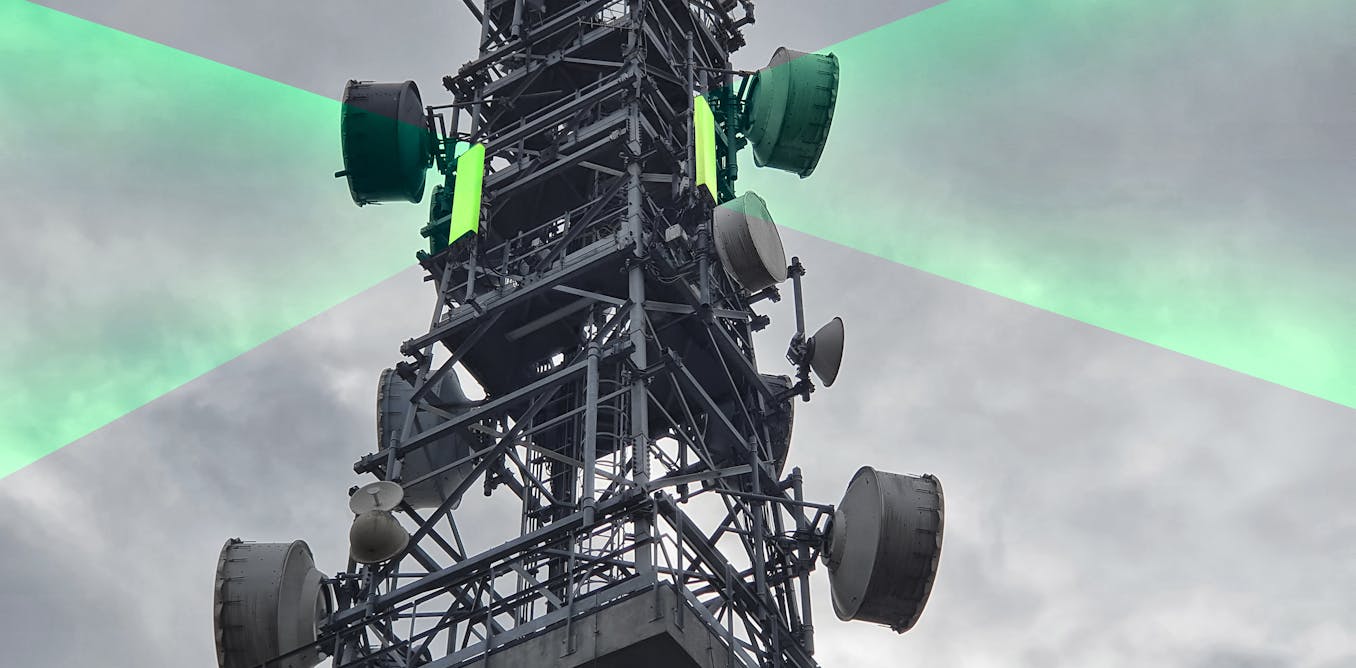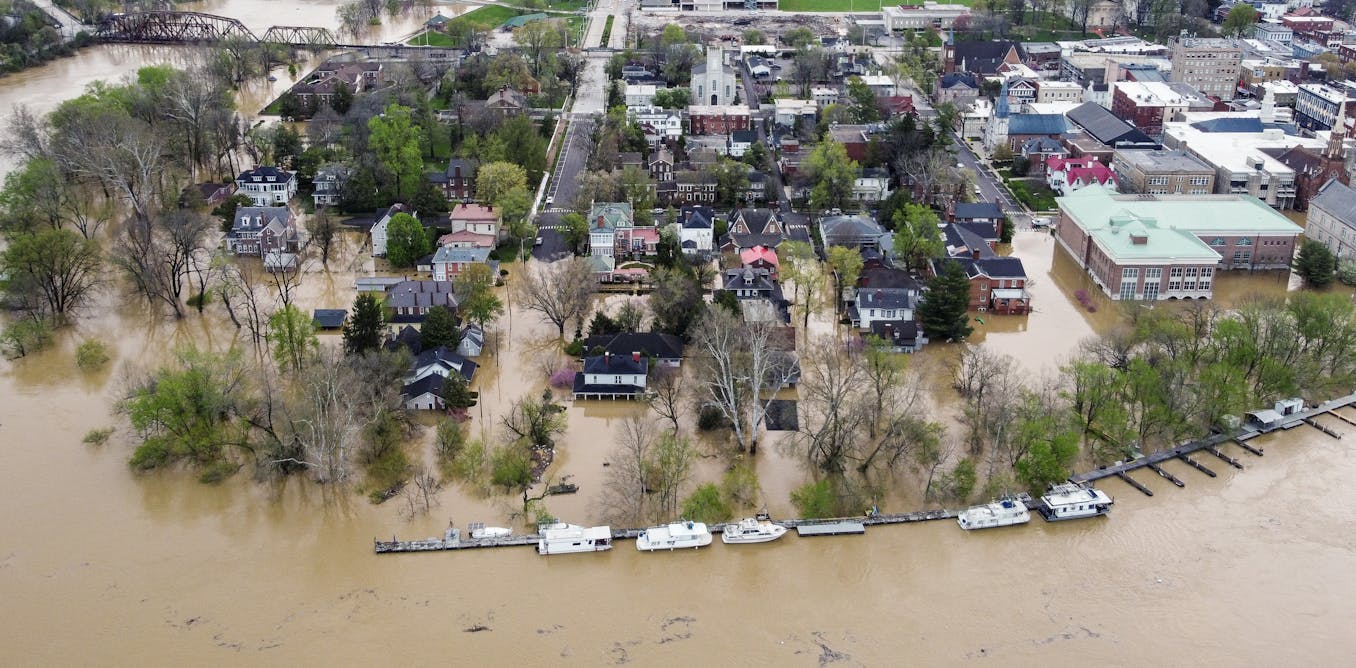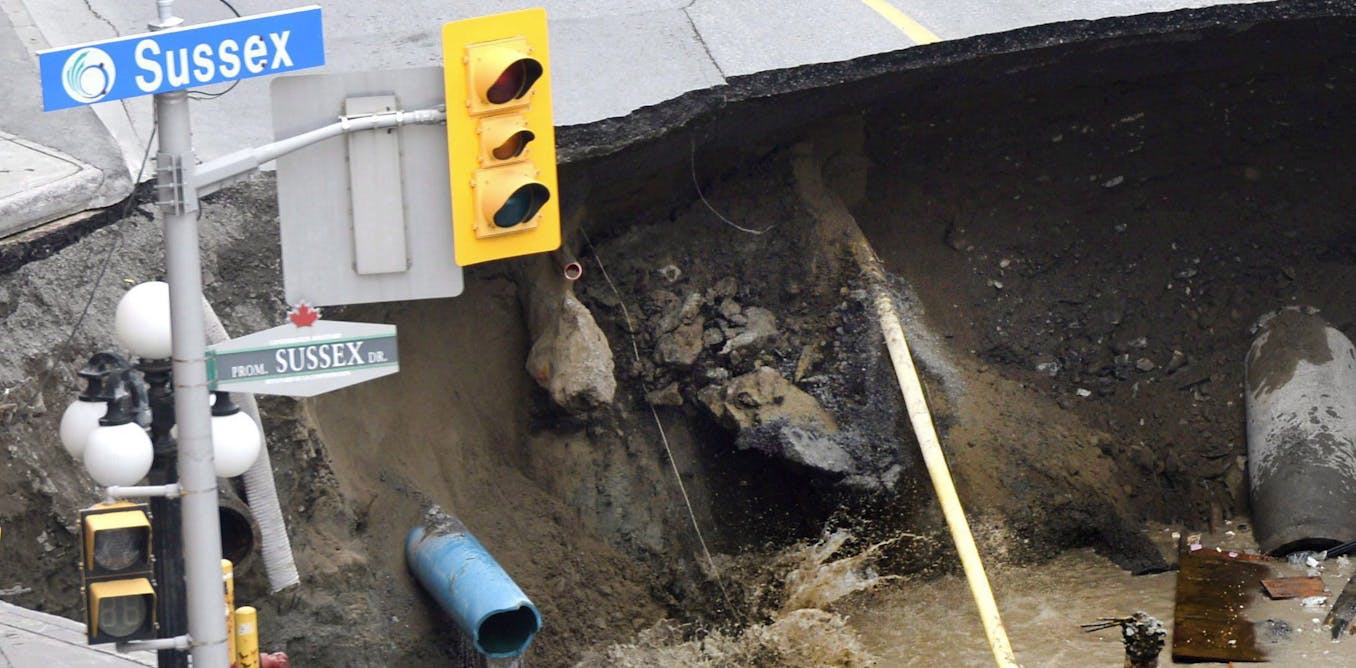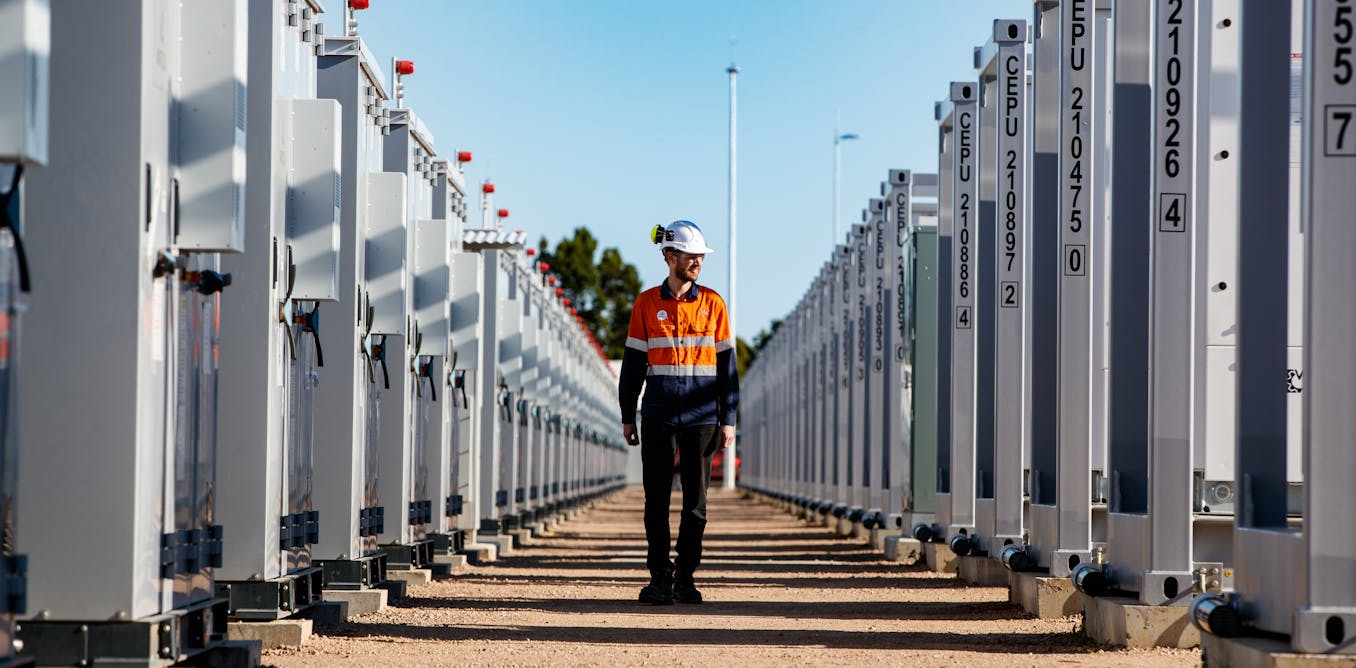The United States’ 90,000-ton stockpile of radioactive nuclear waste has long been a liability, but researchers are increasingly eyeing it as a resource. New techniques in transforming spent fuel, new nuclear fuel cycle directives from the Trump administration, and the doling out of a Biden-era $40 million research program together aim to repurpose nuclear waste on a commercial scale.
In a suite of executive orders announced on May 23, U.S. President Donald Trump directed the U.S. Department of Energy (DOE) to create recommendations for domestic recycling of nuclear waste and identify opportunities to work with the private sector. And in January, the U.S. Advanced Research Projects Agency-Energy (ARPA-E) began awarding $40 million to 11 groups developing transmutation techniques that will reduce the radioactivity and amount of nuclear waste. The funding is part of ARPA-E’s Nuclear Energy Waste Transmutation Optimized Now (NEWTON) program, announced in July 2024 under the Biden Administration, which aims to make recycling the entire U.S. nuclear fuel stockpile economically viable by the 2050s.
The federal support under two administrations has prompted physicists and energy researchers to turn their attention to nuclear waste in an effort to meet the fed’s ambitious goals. “It is technologically possible, but it will take significant investment, and a meaningful commitment from the country, to actually pull it off in 30 years,” says Greg Piefer, CEO at Shine Technologies, a fusion startup that is applying its expertise to nuclear waste. The company, based in Janesville, Wisc., received $4 million from ARPA-E’s NEWTON program.
How is Nuclear Waste Reprocessed?
Closing the nuclear fuel cycle involves separating the uranium and plutonium that comprise more than 95 percent of nuclear waste, and recycling them back into reactors as fuel. The technology to do this is established, but it is expensive to carry out commercially on a large scale, says Brett Rampal, senior director of nuclear and power strategy at Veriten, an energy research, investing, and strategy firm. There are no technologies that achieve complete uranium and plutonium extraction, so some amount of material is left over from this first step, Rampal says.
Orano produces mixed oxide (MOX) fuel after plutonium is remixed with depleted uranium.Eric Larrayadieu/Orano
The other five percent of nuclear waste, which is composed of long-lived radioactive material, cannot be reused as fuel and has traditionally been set aside to decay over hundreds of thousands of years. It’s the conundrum of what to do with this five percent that ARPA-E and several companies are trying to solve. Many groups are approaching the problem by trying to find a cost-effective way to shorten the lifespan of radioactive waste to tens or hundreds of years, through transmutation.
“Used fuel is full of good stuff,” says Curtis Roberts, Vice President of Communications at Orano, a Paris-based nuclear fuel…
Read full article: Nuclear Waste Reprocessing Gains Momentum in the U.S.

The post “Nuclear Waste Reprocessing Gains Momentum in the U.S.” by Julia Tilton was published on 07/07/2025 by spectrum.ieee.org






































Leave a Reply